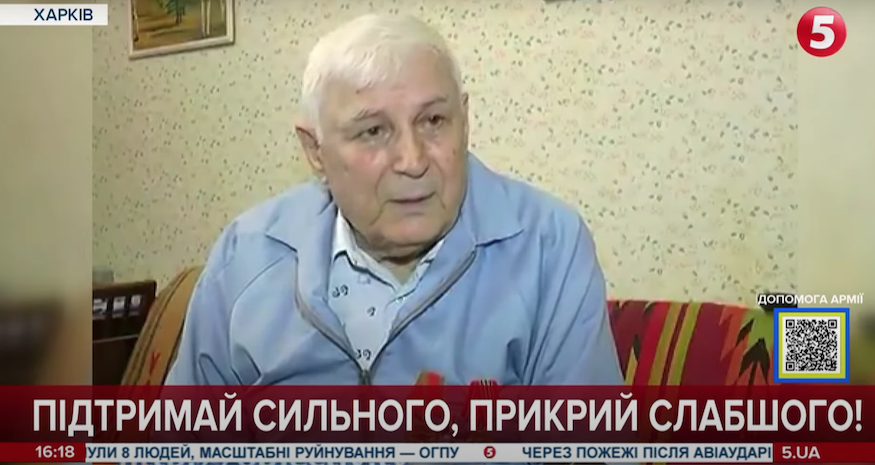The Man Who Never Gave Up
In 1941, Boris Romantschenko was only 15 years old when the Nazis invaded his home town in Ukraine. But it wasn’t the first time his country had been taken over by invaders. In the same year that Hitler came to power, before World War II had even started, Stalin had devised and carried out his plan that starved millions of Ukrainians. In the shadows of Hitler, it is easy to forget that Stalin was also an evil mass murderer. And also before the war, he executed hundreds of thousands of his own people in what was to become known as the Great Terror.
“In 1941, Boris Romantschenko was only 15 years old when the Nazis invaded his home town in Ukraine”
Thus, as a young Ukrainian Boris Romanchenko had lived through the worse and was prepared for the worse. Months after the 1941 Nazi invasion, the worse came true. Boris was captured and deported to Germany along with some other prisoners, where the Germans planned to work them to death for the Nazi war effort.
But astonishingly, under guard, lock and key, Boris managed to escape. On the run in Germany, he managed to hide from soldiers who pursued him and also from hostile German civilians. Unfortunately, he was eventually recaptured and sent to the notorious Buchenwald camp, a metropolis of slave labor factories and a human pool of slave labour. Buchenwald, one of the first concentration camps made up for one of the largest in Germany. Over 55,000 people died there from the inhumane conditions.
Being young, strong and therefore “useful” to the Nazis, Boris was soon transferred to the nearby Dora Mittelbau camp. Conditions were even worse and his task was top secret. In an underground cave-like factory, he and thousands of others of slave labourers were forced to work on the V2, the first long range supersonic ballistic missile with which the Nazis would later bombard civilian populations towards the end of the war, killing about 9,000 people.
It wasn’t just innocent civilians who fell prey to the lethal missile, but also those like Boris, who were forced to produce it. Conditions in the underground factory were so cruel and horrific, that 12,000 prisoners died making the missiles.
Yet despite enduring four concentration camps with their brutality and hunger, the teenager survived. At the end of the war, like many others in what was become the Soviet Union, he made his way home to put the pieces of his broken life back together. And like many others, even if he would have wanted to live somewhere else, he was soon to be trapped behind the Iron Curtain.
While delisting his own horrors, he began immediately to do all he could to commemorate the Holocaust. There, in his native Ukraine, he established an aid network for survivors. Decades later with the collapse of the Communist Block in 1989, Boris continued to commemorate the victims of the Holocaust, traveled to Germany to visit the camps he was formerly interned in. In Buchenwald, he was warmly received. He soon became vice-president of the Buchenwald-Dora International Committee.
For many years, he played an active part in public events to commemorate the victims and regularly he attended memorial events organised in the former camp. In 2012, he publicly read out the Buchenwald oath “Building a New Peace and Freedom” to mark the anniversary of its liberation. Boris was a man of peace.
“Boris was killed by a Russian shell that hit his high-rise residential building in Kharkiv”
But as tragic irony would have it, for a teenager who survived the brutality of Stalin, the horrors of the Nazis, and later the tyranny of the Soviet system, in March 2022, Boris was killed by a Russian shell that hit his high-rise residential building in Kharkiv. His photo was all over the Hebrew newspapers. Israel remembers Boris, and it is men like this that our nation admires, and thanks him for all that he did for humanity.






